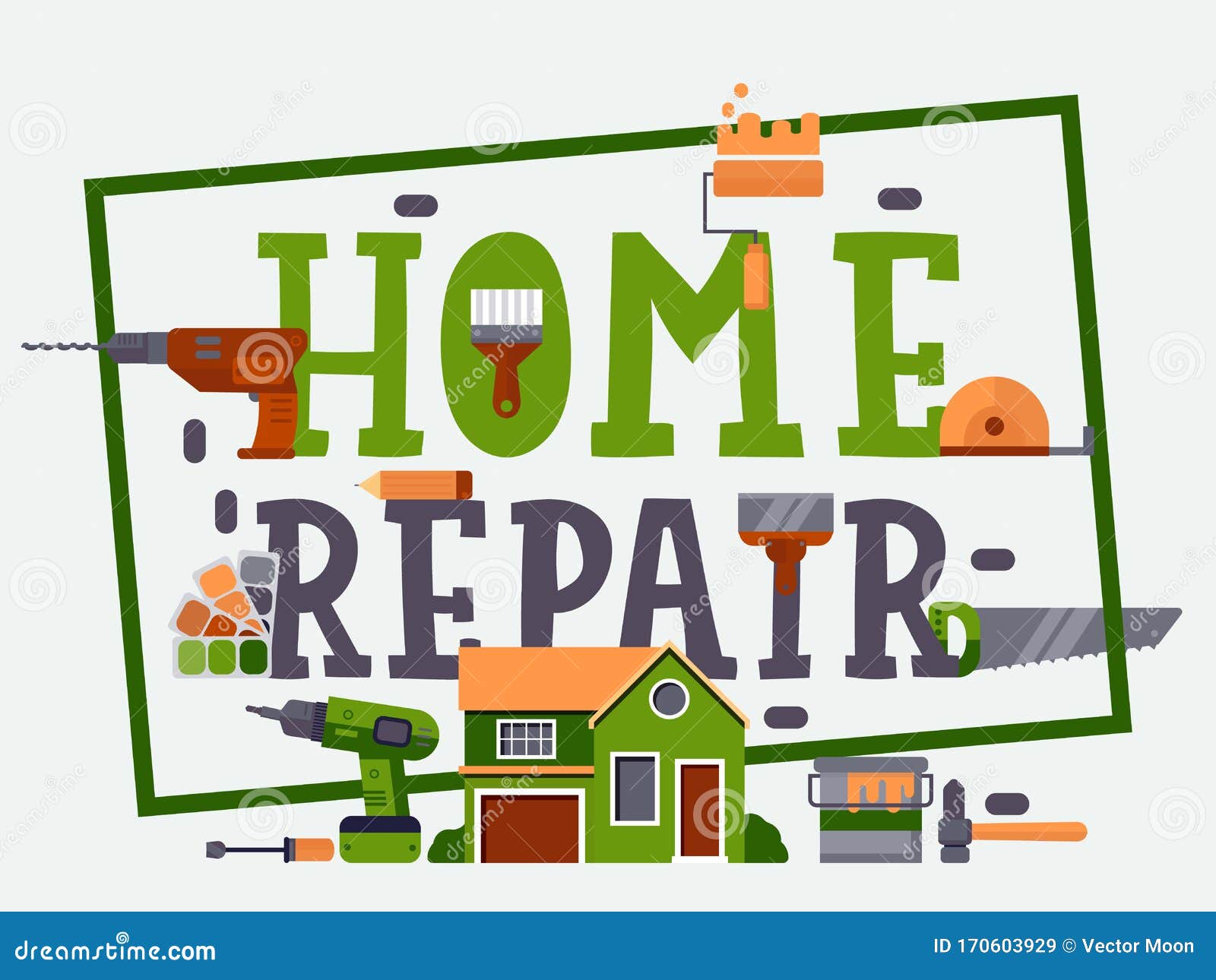The Evolution of American Interior Design

American interior design has a rich and varied history that reflects the country's diverse cultural influences, technological advancements, and evolving social dynamics. From the practical, austere interiors of colonial times to the eclectic and global-inspired styles of today, each period in American history has left its mark on the way we design and decorate our homes. This article traces the evolution of American interior design, highlighting key styles, trends, and influences from colonial times to the contemporary era.
Colonial Era (1600s-1700s)
The colonial period in America was marked by a strong influence from European settlers, particularly the English, Dutch, Spanish, and French. The interiors of colonial homes were characterized by practicality and simplicity, as settlers focused on establishing a foothold in the New World.
Key Features:
- Materials: Wood was the predominant material, used for everything from floors and walls to furniture. Homes often featured exposed wooden beams and plank floors.
- Furniture: Functional and sturdy, with little ornamentation. Common pieces included trestle tables, ladder-back chairs, and four-poster beds.
- Textiles: Homemade textiles, such as quilts, rugs, and curtains, were crafted from wool, linen, and cotton. Colors were typically muted, derived from natural dyes.
- Decorative Elements: Decoration was minimal, often limited to handmade items like pottery, candles, and simple wall hangings.
Georgian Era (1700s-1800s)
The Georgian period brought a shift towards more refined and elegant interiors, influenced by the classical principles of symmetry and proportion. This style was named after the British monarchs George I to George IV, reflecting America's continued ties to England.
Key Features:
- Architecture: Symmetrical layouts with central hallways and evenly spaced windows. Decorative crown moldings, wainscoting, and paneled walls were common.
- Furniture: More elaborate than colonial pieces, with influences from the Queen Anne and Chippendale styles. Mahogany became popular, and furniture featured cabriole legs, claw-and-ball feet, and intricate carvings.
- Colors: Soft, muted colors like sage green, pale blue, and creamy whites. Walls were often painted or covered in delicate wallpapers.
- Textiles and Decor: Heavier and more luxurious fabrics, such as damask, brocade, and silk, were used for curtains, upholstery, and bed coverings. Decorative elements included brass and silver accessories, porcelain, and framed portraits.
Federal Era (1780-1830)
The Federal style emerged after the American Revolution, symbolizing the new nation's independence and identity. Influenced by the neoclassical architecture of ancient Rome and Greece, the Federal style emphasized simplicity, symmetry, and elegance.
Key Features:
- Architecture: Emphasis on geometric shapes, with features such as elliptical fanlights, sidelights, and Palladian windows. Decorative details included swags, garlands, and urns.
- Furniture: Influenced by designers like Hepplewhite and Sheraton, Federal furniture was lighter and more delicate, with straight lines and tapered legs. Inlays of contrasting woods and brass hardware were common.
- Colors: Brighter and more varied than previous periods, with hues like mustard yellow, salmon, and various shades of blue and green.
- Decor: Decorative arts included neoclassical motifs, mirrors with gilded frames, and fine china. Textiles remained luxurious, with an emphasis on coordinated drapery and upholstery.
Victorian Era (1837-1901)
The Victorian era, named after Queen Victoria of England, was characterized by its eclectic and ornate style. Rapid industrialization and the rise of the middle class in America allowed for more elaborate and richly decorated interiors.
Key Features:
- Architecture: Intricate woodwork, stained glass windows, and elaborate moldings and trim. Homes often featured multiple textures and materials, such as brick, stone, and wood.
- Furniture: Mass production made furniture more affordable, leading to a proliferation of styles, including Gothic Revival, Rococo Revival, and Eastlake. Pieces were heavily ornamented with carvings, tufting, and inlays.
- Colors: Dark and rich colors, such as deep reds, greens, and blues, were popular. Walls were often covered in patterned wallpapers with floral or damask designs.
- Textiles and Decor: Heavy, opulent fabrics like velvet and brocade were used for curtains and upholstery. Decorative elements included fringed lampshades, doilies, and an abundance of knick-knacks and collectibles.
Arts and Crafts Movement (1880-1920)
In reaction to the excesses of the Victorian era and the mechanization of the Industrial Revolution, the Arts and Crafts movement emphasized handcrafted quality and simple, functional design. This movement was rooted in a desire to return to traditional craftsmanship and natural materials.
Key Features:
- Architecture: Bungalows and Craftsman-style homes with open floor plans, built-in furniture, and natural materials like wood and stone. Exposed beams and large porches were common.
- Furniture: Simple, sturdy, and functional, often made of oak with visible joinery. Designers like Gustav Stickley were influential, promoting pieces with clean lines and minimal ornamentation.
- Colors: Earthy tones inspired by nature, such as olive green, brown, and mustard yellow. Walls were often painted in these colors or covered in plain, textured wallpapers.
- Textiles and Decor: Handmade textiles, pottery, and metalwork were prominent. Decorative arts emphasized natural forms and motifs, such as leaves and flowers.
Art Deco (1920s-1940s)
The Art Deco period brought a sense of glamour and modernity to American interior design, reflecting the optimism and technological advances of the Roaring Twenties and the interwar period. This style was characterized by bold geometric patterns, luxurious materials, and a blend of traditional and modern influences.
Key Features:
- Architecture: Sleek, symmetrical facades with decorative elements like zigzags, chevrons, and sunbursts. Skyscrapers and streamlined designs were iconic.
- Furniture: Elegant and often made from exotic woods, chrome, and glass. Pieces featured clean lines and geometric shapes, with influences from Egyptian, Aztec, and African art.
- Colors: Bold and vibrant colors, including black, white, silver, and gold, as well as bright primary colors. Walls were often painted in these hues or covered in bold, geometric wallpapers.
- Textiles and Decor: Luxurious fabrics like silk and velvet, often in striking patterns. Decorative elements included mirrors, lacquered surfaces, and polished metals.
Mid-Century Modern (1940s-1960s)
After World War II, America experienced a period of rapid suburbanization and economic growth, leading to the rise of the mid-century modern style. This design movement emphasized simplicity, functionality, and integration with nature, drawing on influences from the Bauhaus and Scandinavian design.
Key Features:
- Architecture: Open floor plans, large windows, and integration with outdoor spaces. Flat roofs, clean lines, and minimal ornamentation were common.
- Furniture: Iconic designs from Charles and Ray Eames, Eero Saarinen, and George Nelson, featuring sleek lines, organic shapes, and innovative materials like molded plywood and fiberglass.
- Colors: A mix of natural hues and vibrant accent colors, such as mustard yellow, avocado green, and burnt orange. Walls were often kept neutral to highlight furnishings and decor.
- Textiles and Decor: Bold, abstract patterns and natural materials like wood and leather. Decorative elements included atomic-age motifs, starbursts, and minimalist accessories.
Postmodernism (1970s-1990s)
Postmodernism emerged as a reaction against the austerity of modernism, bringing a sense of whimsy, eclecticism, and historical reference back into design. This style was characterized by a playful mix of old and new, high and low culture, and a rejection of strict design rules.
Key Features:
- Architecture: Bold forms, bright colors, and a mix of historical and contemporary elements. Designs often featured ironic or exaggerated references to classical architecture.
- Furniture: Eclectic and often whimsical, with a mix of styles and materials. Designers like Michael Graves and Memphis Group created playful, unconventional pieces.
- Colors: Vibrant and varied, often with clashing combinations. Pastels, neon, and primary colors were all popular.
- Textiles and Decor: A mix of patterns, textures, and styles. Decor included kitschy and playful accessories, often with a sense of humor or irony.
Contemporary Trends (2000s-Present)
The turn of the 21st century has seen a convergence of various design influences, driven by globalization, technological innovation, and a growing emphasis on sustainability and personalization. Contemporary interior design is characterized by its eclecticism, flexibility, and focus on creating functional, comfortable, and aesthetically pleasing spaces.
Key Features:
- Architecture: Open-concept living spaces, integration with technology, and sustainable building practices. Smart homes, eco-friendly materials, and energy-efficient designs are increasingly common.
- Furniture: A blend of styles, often mixing modern, vintage, and industrial elements. Customization and personalization are key, with a focus on comfort and functionality.
- Colors: Neutral palettes with pops of color, often inspired by nature. Popular colors include various shades of gray, beige, and white, complemented by earthy tones and bold accents.
- Textiles and Decor: Natural and organic materials, such as linen, wool, and reclaimed wood, are favored. Decor is often minimalist, with an emphasis on quality over quantity, and a mix of artisanal and mass-produced items.
Influences on Contemporary American Interior Design
Several factors have influenced the evolution of contemporary American interior design:
-
Globalization: Exposure to different cultures and design philosophies has led to a more eclectic and diverse design landscape. Elements from Scandinavian, Japanese, and Mediterranean styles are often incorporated into American homes.
-
Technology: Advances in technology have transformed interior design, from smart home systems and energy-efficient appliances to virtual reality design tools and online shopping for decor and furnishings.
-
Sustainability: There is a growing emphasis on eco-friendly and sustainable design practices. This includes the use of renewable materials, energy-efficient systems, and designs that minimize environmental impact.
-
Personalization: Today's homeowners seek to express their individuality through their interior spaces. Customization options, from bespoke furniture to personalized decor, allow for unique and personalized living environments.
-
Health and Wellness: Increasing awareness of the impact of the built environment on health and well-being has led to a focus on creating spaces that promote physical and mental health. This includes the use of natural light, indoor plants, and ergonomic furniture.
Conclusion
The evolution of American interior design is a testament to the country's dynamic cultural landscape, technological advancements, and changing societal values. From the practical and simple interiors of the colonial era to the eclectic and personalized spaces of today, each period in American history has contributed to the rich tapestry of interior design. As we look to the future, it is clear that sustainability, technology, and personalization will continue to shape the way we design and inhabit our homes, ensuring that American interior design remains as innovative and diverse as ever.

How to Organize Your Closet Like a Pro
- Discover the art of **closet organization** with our expert guide. Learn to streamline your space by decluttering, categorizing, and investing in smart storage solutions. From assessing your wardrobe to implementing seasonal rotations and maintaining your new system, this post offers a step-by-step approach to achieve a professional, functional, and visually appealing closet. Plus, find tips for efficiently using space, setting up a systematic approach, and keeping your closet organized over time.

How to Grow Green House Plants Successfully Indoors
- Bringing greenery into your home through house plants is a fantastic way to enhance your living space, improve air quality, and boost your mood.

Benefits of Orange Juice in Daily Life
- So, if you are thinking of developing a habit of drinking orange juice for a healthy lifestyle, try our oranges

Best Home Maintenance Service In Dubai - Hire Us
- If you are looking for any home maintenance service in dubai so you can contact alux services home maintenance company in dubai for you all home maintenance